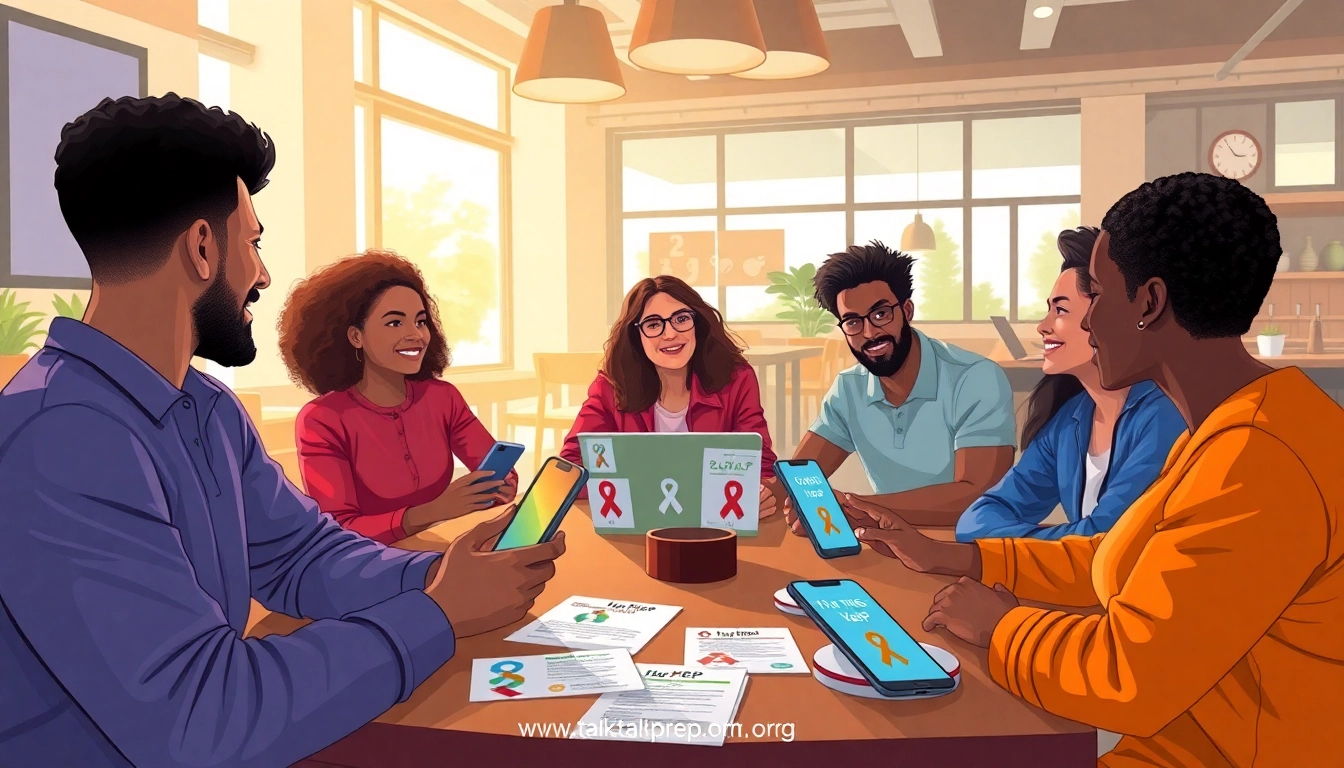Understanding Pre-Exposure Prophylaxis (PrEP)
1. What is PrEP and How Does it Work?
Pre-Exposure Prophylaxis, commonly known as PrEP, is a preventive HIV medication designed for individuals at high risk of contracting the virus. The medication is most effective when taken consistently, providing a powerful barrier against HIV infection. By maintaining adequate levels of the medication in the bloodstream, PrEP can lower the risk of contracting HIV through sexual activity or injection drug use by more than 90% when taken as prescribed. The active ingredients in PrEP, such as tenofovir and emtricitabine, work by inhibiting key processes that HIV needs to replicate, effectively preventing the virus from establishing an infection in a new host.
2. Who Should Consider Using PrEP?
PrEP is typically recommended for individuals who do not have HIV but are at heightened risk. This includes, but is not limited to:
- Individuals with an HIV-positive partner
- Those who have multiple sexual partners without consistent condom use
- Individuals who have a history of sexually transmitted infections (STIs)
- People who inject drugs and share needles
- Anyone who feels they may be at risk based on their sexual practices or lifestyle
Discussing personal risk factors with healthcare professionals can provide important insights into whether PrEP is an appropriate option.
3. The Benefits of Using PrEP for HIV Prevention
The primary benefit of PrEP is its significant effectiveness in preventing HIV infection when taken correctly. Beyond that, PrEP also fosters a sense of empowerment and control among individuals at risk. By openly discussing sexual health and prevention with their healthcare providers, users can enhance their overall health literacy, leading to informed decisions regarding various aspects of sexual health. Moreover, studies have shown that when individuals use PrEP consistently, they often engage in safer sexual practices, as they are more likely to communicate with partners about HIV prevention strategies.
Getting Started with https://talkprep.org/ Resources
1. Locating a PrEP Provider Near You
Accessing PrEP involves more than just the medication; it requires a supportive healthcare network. To begin, visit https://talkprep.org/ to find nearby healthcare providers trained in administering PrEP. Local health clinics, infectious disease specialists, and public health departments frequently offer services in initiating and managing PrEP. It’s crucial to check that the provider is familiar with the latest guidelines and can offer the necessary routine follow-ups and testing to ensure the ongoing efficacy and safety of the medication.
2. Initiating the Conversation about PrEP
Starting a dialogue about PrEP can feel daunting, especially if you’re unfamiliar with the subject. But open communication is essential for prioritizing health. Begin by scheduling an appointment specifically to discuss PrEP, and prepare questions about its benefits, potential side effects, and the testing protocols involved. Being candid about your risk factors and sexual practices will enable healthcare providers to tailor the discussion and recommendations to your individual needs.
3. Free Resources Available at https://talkprep.org/
Numerous resources are available through https://talkprep.org/ that can facilitate your PrEP journey, including brochures, videos explaining the effectiveness of PrEP, FAQs, and links to local testing facilities. The inclusion of survivor stories and testimonials also helps contextualize the importance of PrEP and aids in normalizing what can often be a stigmatized topic.
Addressing Common Misconceptions about PrEP
1. Debunking Myths Surrounding PrEP Effectiveness
One of the most prevalent misconceptions about PrEP is that it’s a cure for HIV. However, PrEP is not a cure; it is a preventive measure. It is also often mistakenly believed that PrEP is only for certain demographics, yet it is suitable for anyone at risk of HIV, regardless of sexual orientation. Clearing up these misconceptions helps encourage more individuals to consider PrEP as a viable option for protecting their health.
2. Understanding Side Effects and Risks
Like any medication, PrEP has side effects that can range from mild to severe. Some common side effects may include nausea, headaches, and fatigue, which typically subside after the first few weeks. Regular consultations with healthcare professionals can help mitigate these risks, as they can provide the necessary lab tests to monitor kidney function and other health markers. Notably, the benefits of effectively preventing HIV transmission far outweigh the potential risks for most individuals.
3. Clarifying Confidentiality and Accessibility
Concerns about confidentiality often deter individuals from seeking PrEP. It is essential to understand that healthcare providers are legally obligated to protect patient privacy. Many clinics offer anonymous and confidential services, ensuring that your information is secure. Additionally, medication access programs exist to help individuals procure PrEP at reduced costs, alleviating financial barriers that might otherwise prevent access.
Setting Up a PrEP Talk in Your Community
1. Hosting Information Sessions and Workshops
Education is vital in fostering an informed community. Organizing information sessions or workshops that focus on PrEP allows individuals to learn about this crucial preventive measure in a safe environment. Collaborating with healthcare professionals to provide accurate information is key, as well as leveraging local resources such as community centers to host these events. Consider including testimonials from current PrEP users to humanize the statistics and create a relatable narrative.
2. Engaging Local Healthcare Providers
Working with local healthcare providers facilitates a unified front in promoting PrEP awareness. Providers are often the first point of contact for individuals seeking medical advice; thus, their awareness and support can significantly impact the uptake of PrEP. Regular meetings or outreach programs can ensure that healthcare professionals are well-informed about the latest PrEP developments and can relay that information to their patients effectively.
3. Leveraging Social Media for Awareness
In today’s digital age, social media serves as a powerful tool for advocacy. Creating campaigns on platforms like Instagram, Twitter, and Facebook allows for widespread awareness. Engaging and informative posts, shared personal stories, and promoting community events can help dismantle stigma and encourage discussions around PrEP. Interactive formats such as Q&A sessions can also facilitate real-time engagement with the community, allowing for immediate feedback and dialogue.
Measuring Impact: Tracking the Success of PrEP Initiatives
1. Metrics for Evaluating Community Engagement
To assess the effectiveness of community initiatives related to PrEP, it’s crucial to establish clear metrics for evaluation. These can include attendance numbers at events, engagement rates on social media campaigns, and the number of individuals seeking PrEP consultations as a direct result of these efforts. Surveys distributed at events or through online platforms can also gather invaluable data on community awareness and attitudes toward PrEP.
2. Collecting Feedback from Participants
Gathering feedback from participants provides qualitative insights into the community’s perception of PrEP and the effectiveness of the outreach efforts. This information can be obtained through follow-up surveys, interviews, or feedback forms, allowing organizers to understand the participants’ experiences and make necessary adjustments to improve future initiatives.
3. Adjusting Strategies Based on Data Insights
Analyzing the collected data helps to refine strategies and maximize the impact of outreach efforts. Understanding which aspects of the initiative were well-received or which topics generated interest can guide future educational content and formats. Continuously adjusting approaches based on community feedback ensures that outreach remains relevant and effectively addresses the needs and concerns of individuals at risk of HIV.

